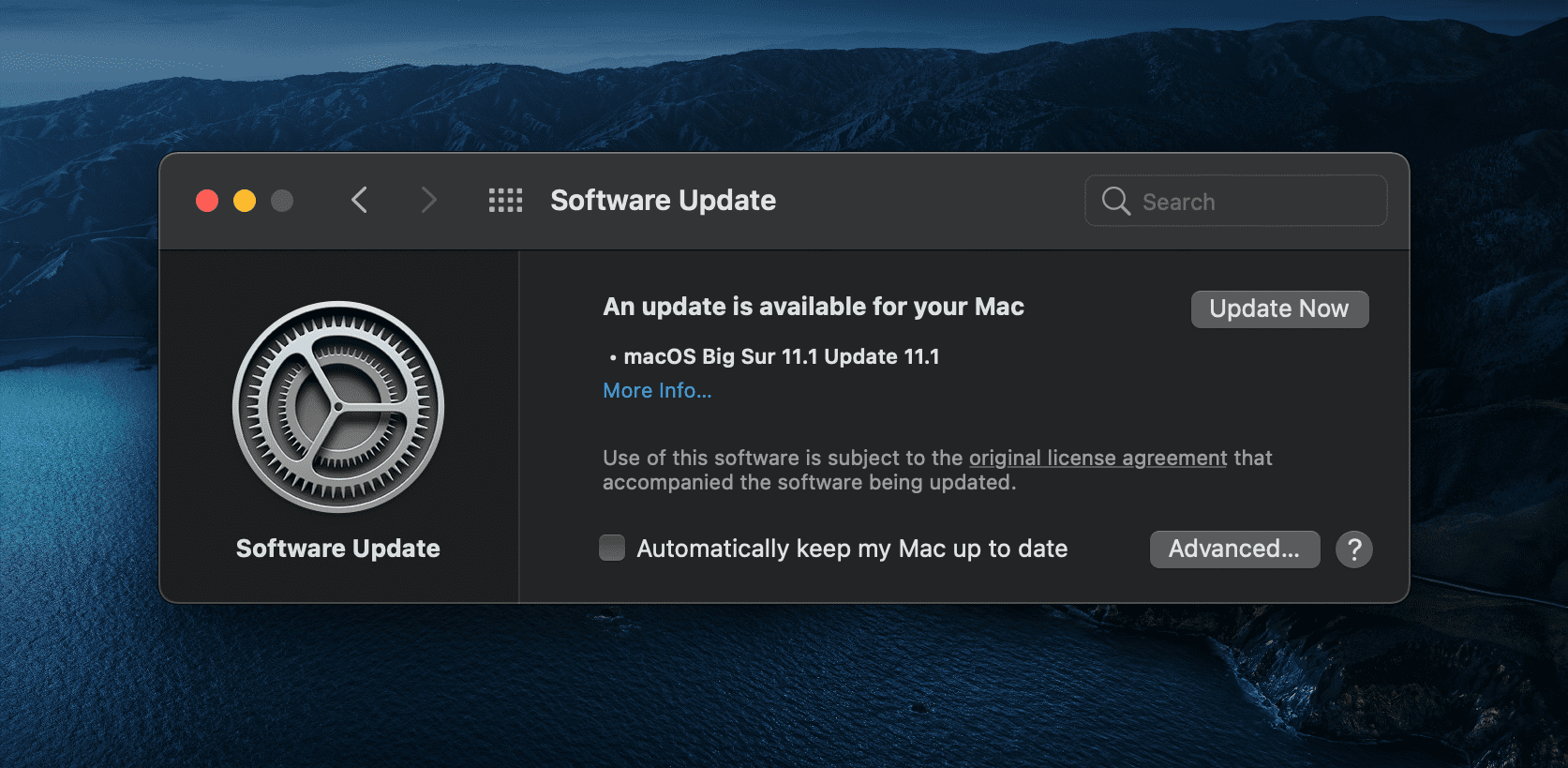

You can’t revert to Mojave, because Apple tends to bundle key firmware updates with the OS as it rolls out new computing hardware.īut everyone else can upgrade to Mojave from an older OS – or even revert, with some effort. If you have a brand-new Mac, Catalina is required. And it retains 32-bit support, while still allowing you to upgrade everything you can to 64-bit. So Mojave sits at the intersection that maximizes compatibility and minimizes trouble. That is gradually including more visual and musical tools, too.īut conversely, if you use Catalina, you’re likely to lose older plug-ins and apps you need.
:max_bytes(150000):strip_icc()/001-update-macos-on-macbook-air-4579799-f1ca8af0b7944a53b85afc61e2bc2185.jpg)
If you’re using an older OS, you’re likely to lose support for newer applications – and not only Apple’s, but also a lot of apps on the App Store and those relying on Metal and other newer cross-platform frameworks.

(Well, it does.) Or the releases of Final Cut Pro X and Motion from late last year.īut wait – what Mac version am I on again? Uh well it’s ten point … something. Hey, that new Logic Pro X looks really cool. Here’s how to do it (including links to advice for when your App Store isn’t cooperating). Unless you have brand new Mac hardware, it’s likely you want to run macOS Mojave for now for greater compatibility.


 0 kommentar(er)
0 kommentar(er)
